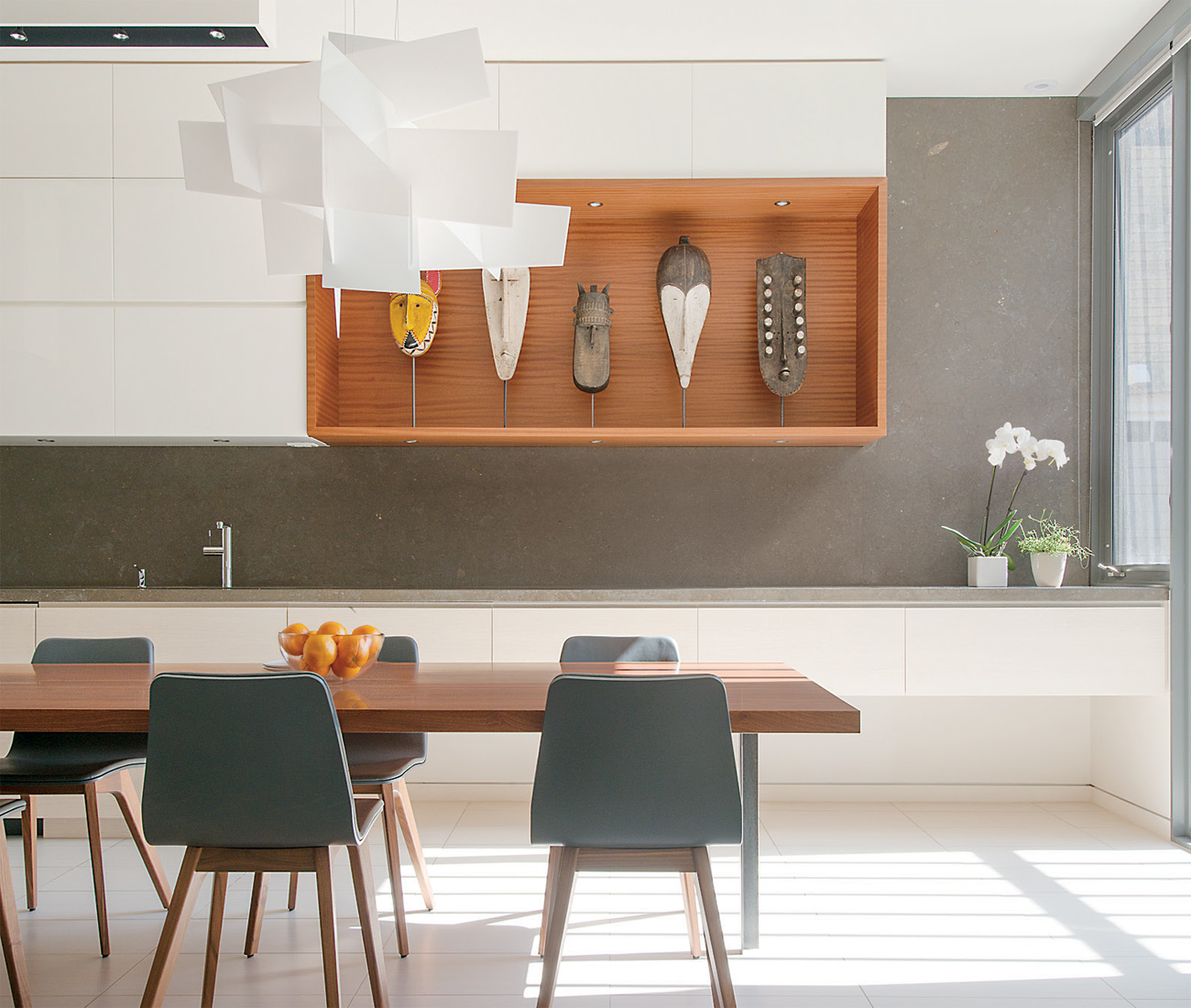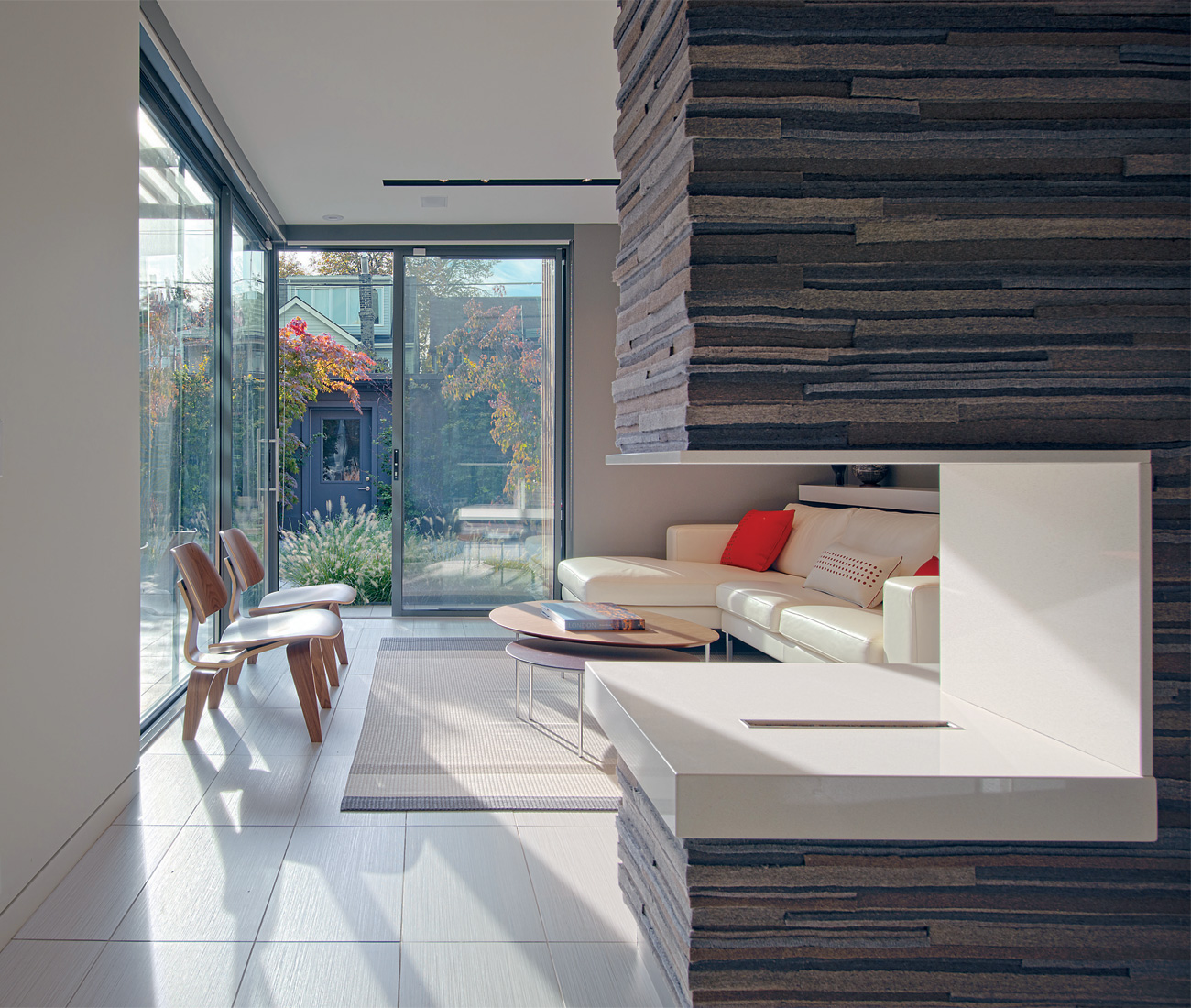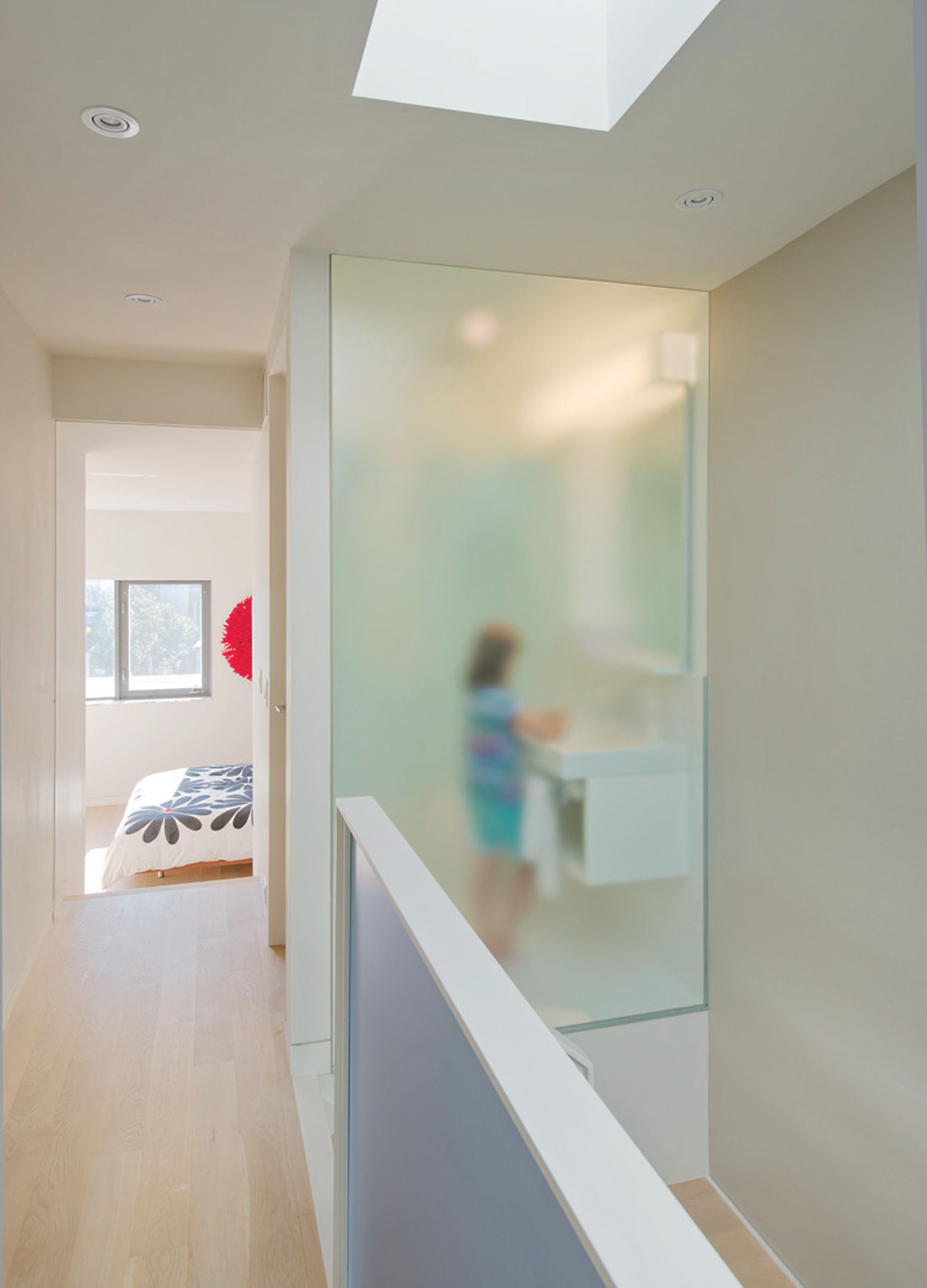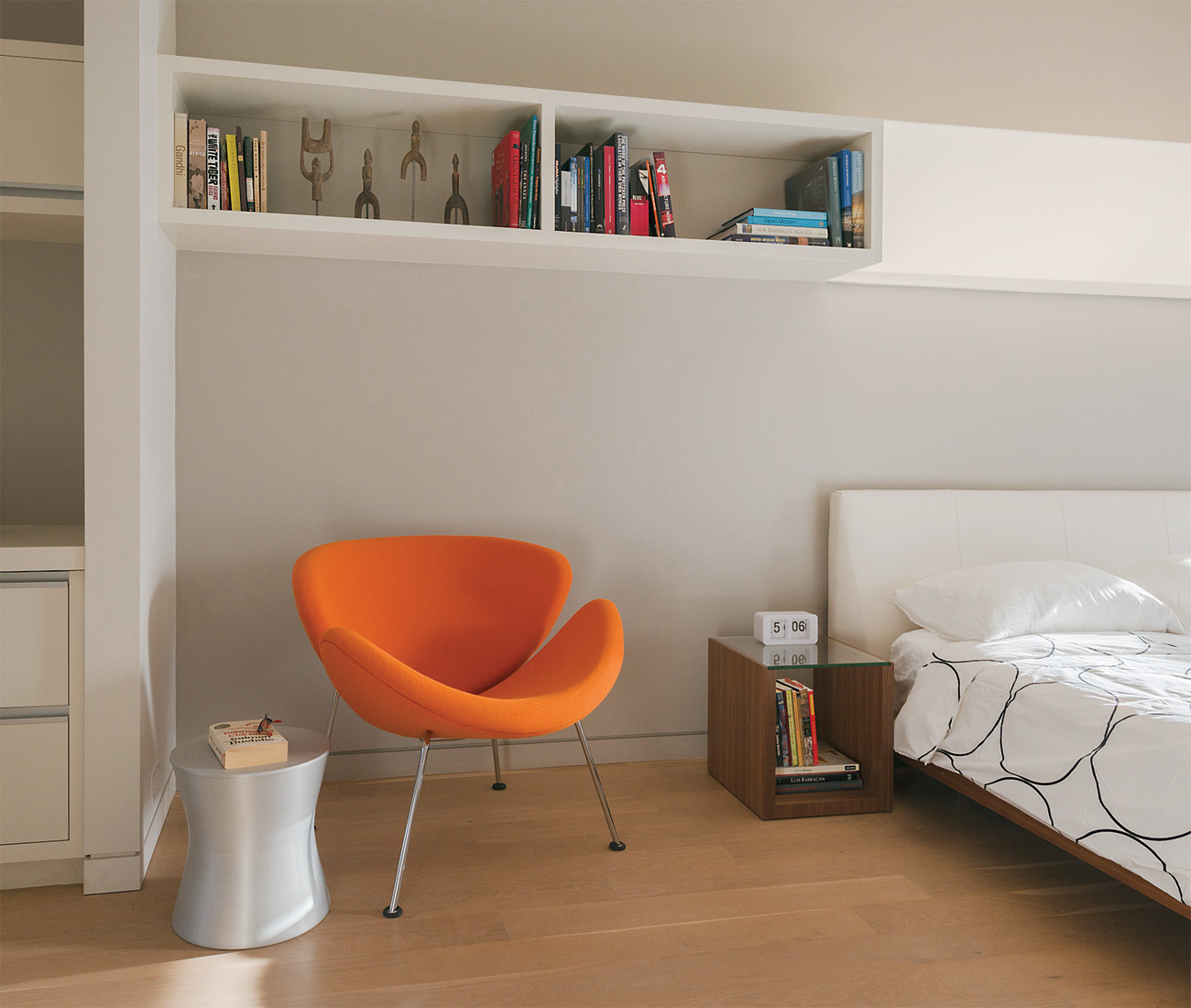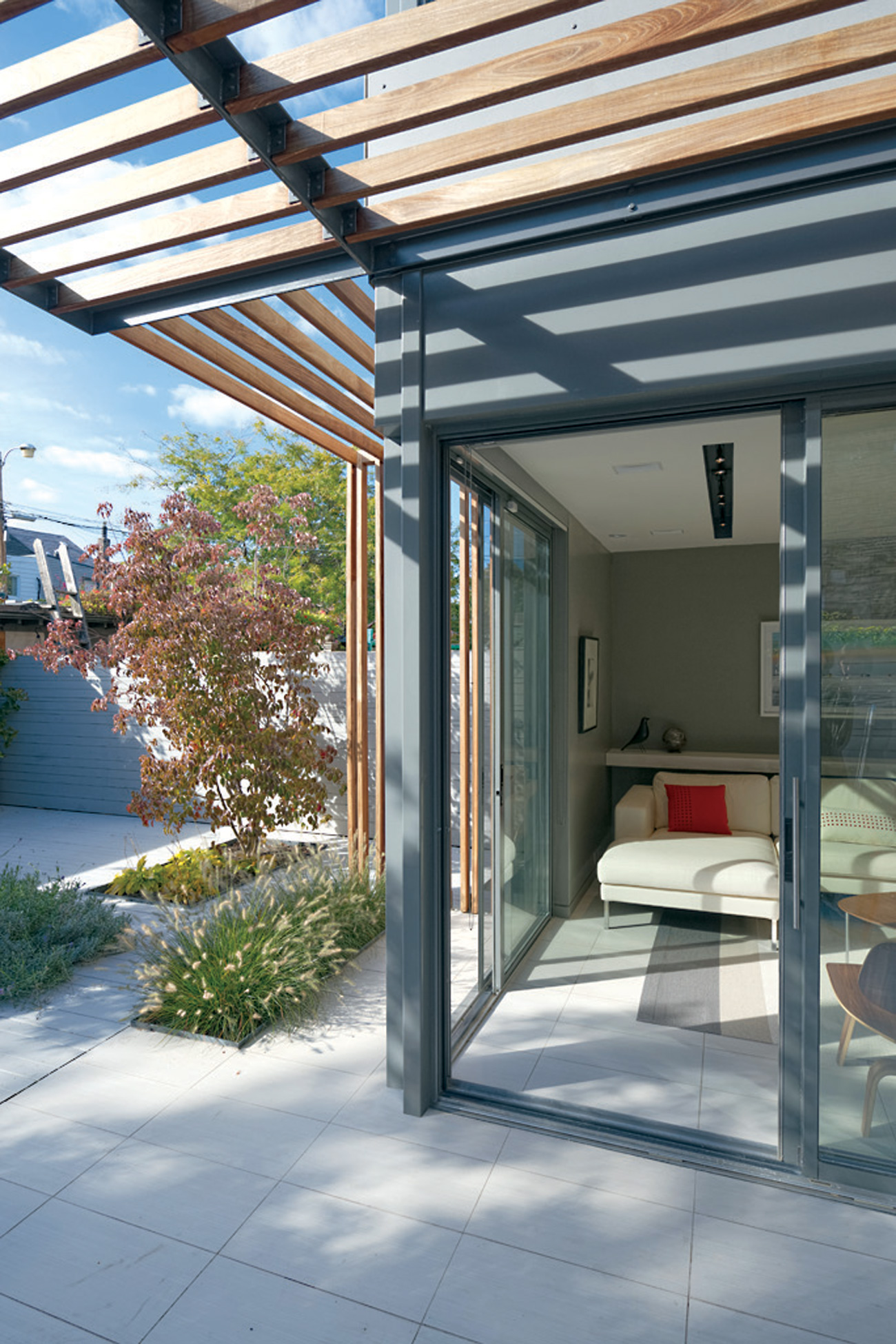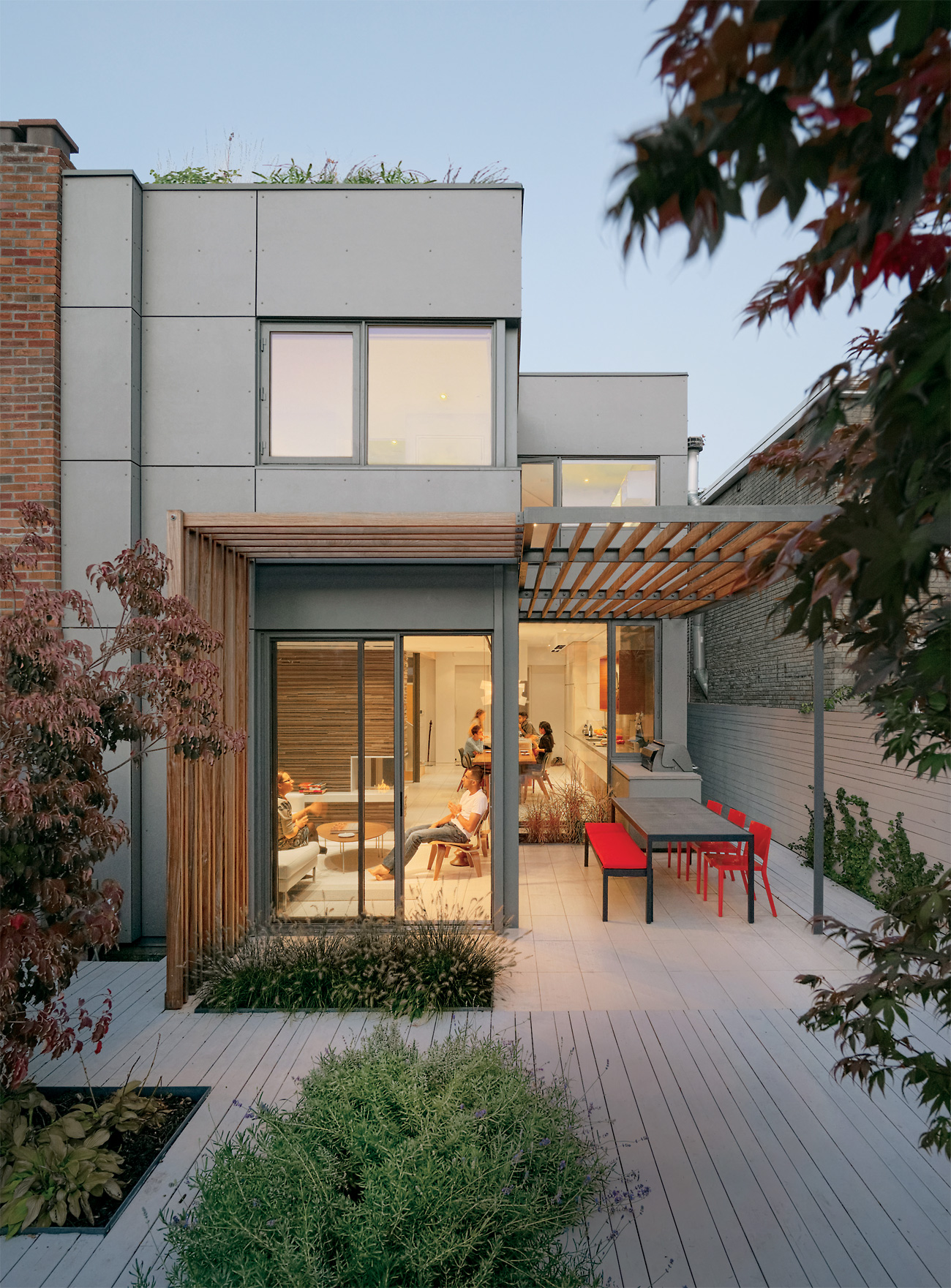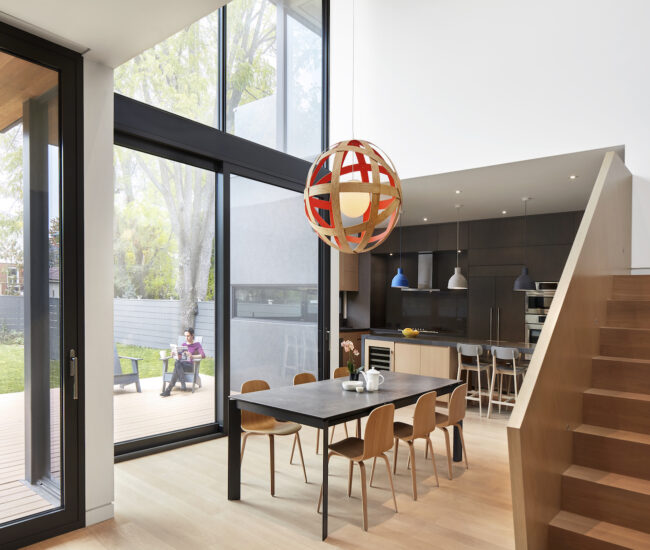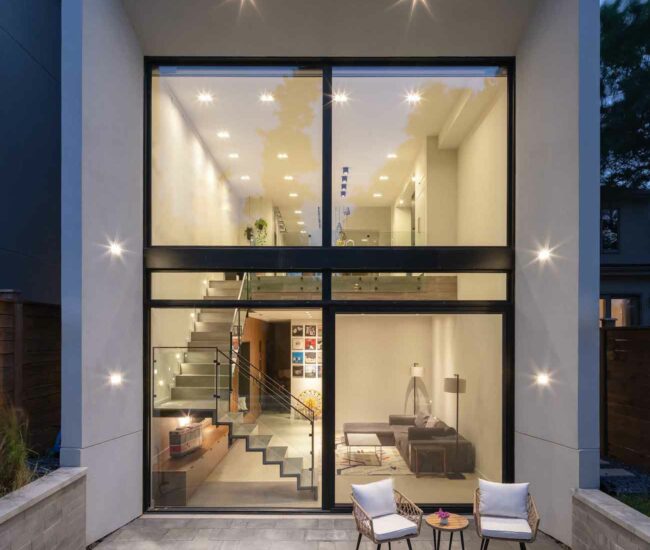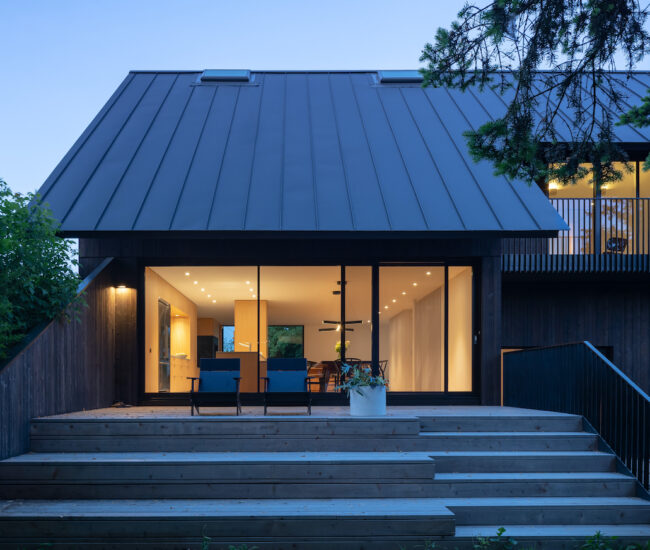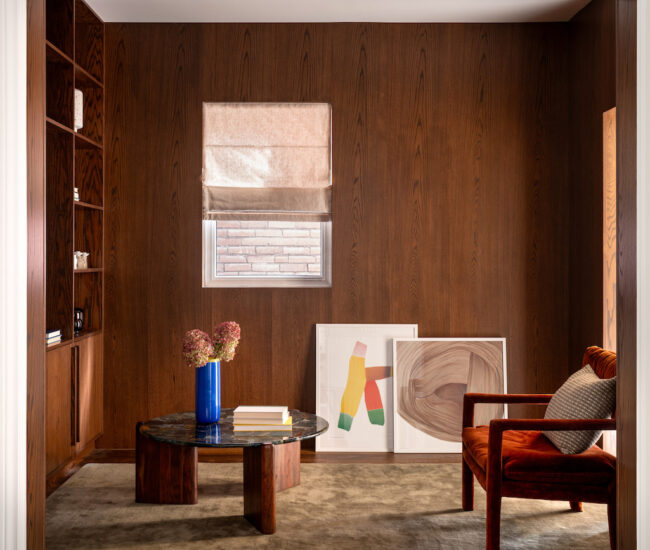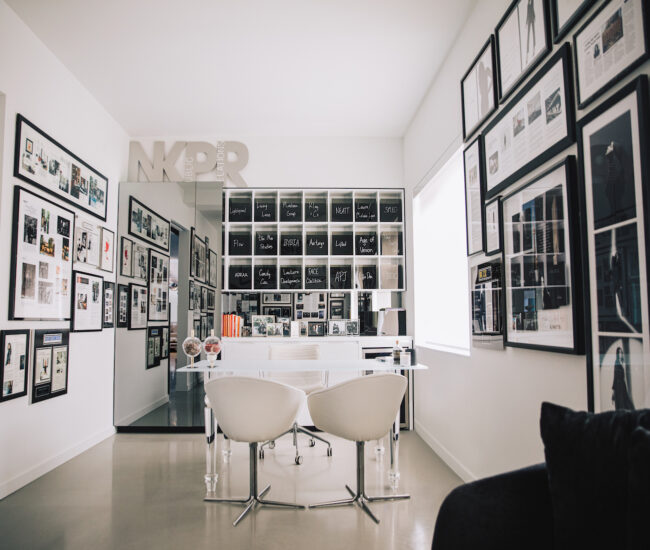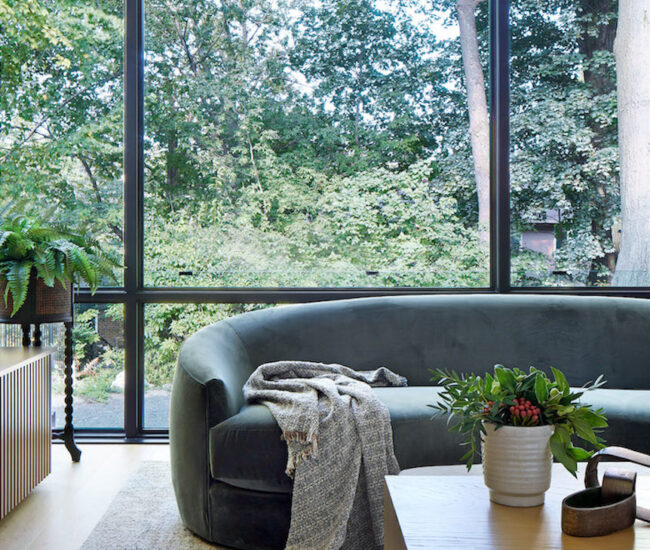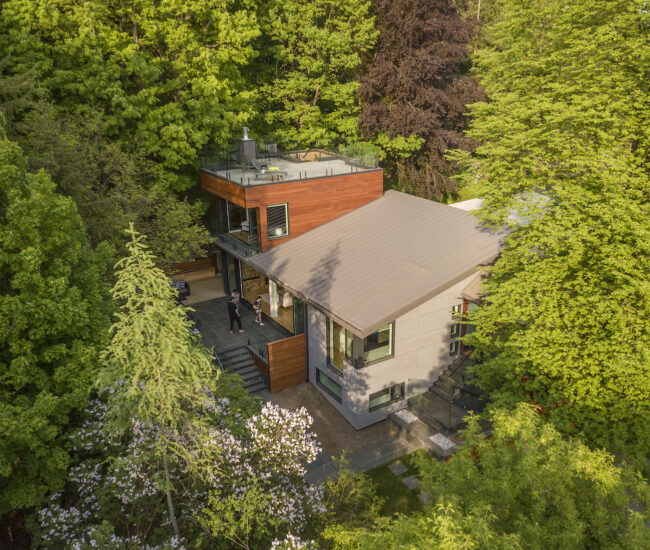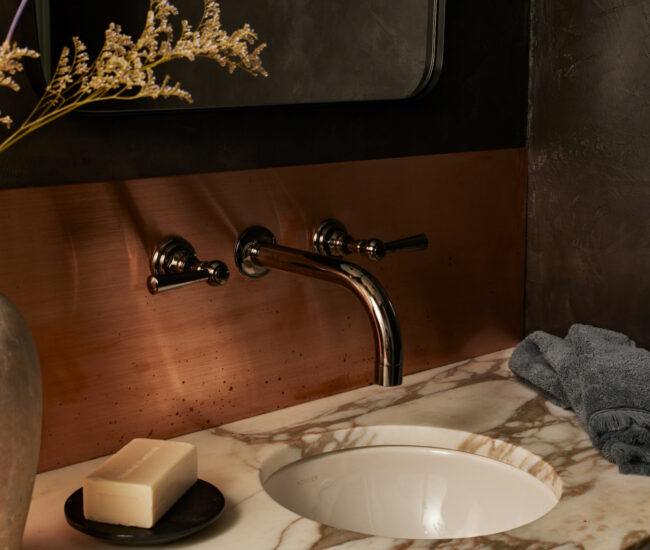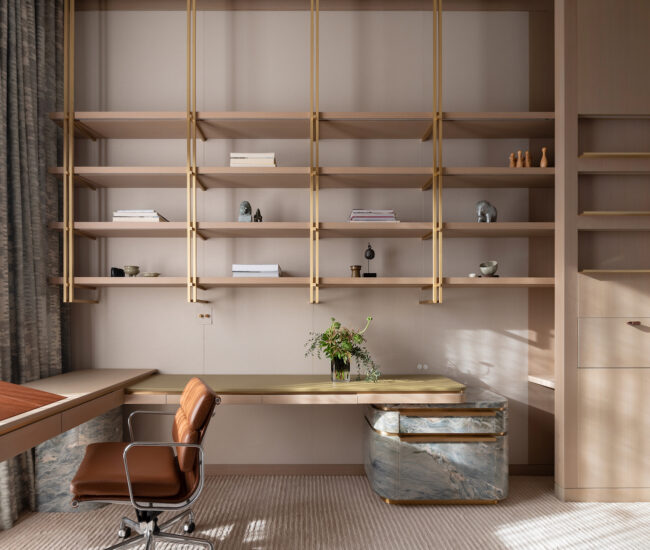Doctor’s Orders: An Annex Home Delivers Inner Calm
An antidote to a doctor’s nine-to-five: a home with serene views and warm, exacting details
Rarely does an architect receive carte blanche to design a home. “Normally, you go to a client’s house and learn something of his or her character that you can apply to the project,” says Heather Dubbeldam, of Dubbeldam Architecture + Design, referring to a project she took on in 2010. “But this homeowner contacted us out of the blue and then stepped back to let us renovate his row house in the Annex. We never even saw where he was living at the time. We just knew it was a small apartment, that he had to go out to socialize and that he wanted to have friends over. That was one of the only criterion he gave us.”
The architect’s brief seems casual, but there is nothing remotely casual about the owner’s choice of firm. Multidisciplinary, Dubbeldam’s past work includes new constructions as well as respectful modernizations of Victorians, which nearly always include unclogging cavities, grafting glass cubes to rear facades and seamlessly integrating custom storage. The client – an internist who works in an hospital environment and is called upon to diagnose under pressure – craved serenity at home. Meticulous, he also preferred highly organized surroundings.

It was a perfect pairing. A gut and rebuild banished partitions, and the 135-square-metre home’s dark, cramped feeling. Its red brick facade and drop-gable roof remain perfectly in period, but the ground floor is now painted pearl white and filled with sunshine. From the front vestibule, visitors can see past the kitchen, into the living room (a glass-walled addition with guest bedroom above), beyond the full-height patio doors and to the garden beyond. They can move effortlessly from one end of the house to the other. Dubbeldam’s nickname for the home is Through House.

Integral to the home’s clarity is the use of horizontal lines, drawing the eye inexorably towards the farthest point outside and visually elongating the living space. On the first floor, the conjoined kitchen island/dining table runs parallel to the wall-mounted, full-length cabinetry, clad in rift-cut white oak. The floating limestone counter and heated porcelain floor’s linear pattern push past the transparent back wall, morphing with a barbecue surround and tiled terrace planted with perennials. Sliding doors open and presto: the main floor doubles in size.

Light streams down from the central skylight past the semi-opaque glass that forms the back walls of the second floor’s guest and master bathrooms, adding expansiveness. More light spills down the open-riser staircase, whose azure-tinted acrylic partitions lend cool contrast.

Nearly every detail in the house is custom, from the L-shaped steel of the central load-bearing column (repeated in the dining table’s single leg and again in the outdoor trellis’s supporting pillar) to the industrial-felt–covered fireplace that looks so much like stacked stone, its softness to the touch comes as a shock. And every made-to-order storage unit does double duty: there are compartmentalized drawers in the foyer, kitchen and study to mask clutter and suspended, illuminated display cases to keep cherished artwork always within sight.
“My world’s chaotic,” says the client. “I love that I can just come here and relax. It brings order to my life.” Indeed, the house is so thoroughly suited to the doctor’s needs, perhaps Dubbeldam should have nicknamed it Therapy House.
Originally published in our Spring 2013 issue as Inner Glow.

